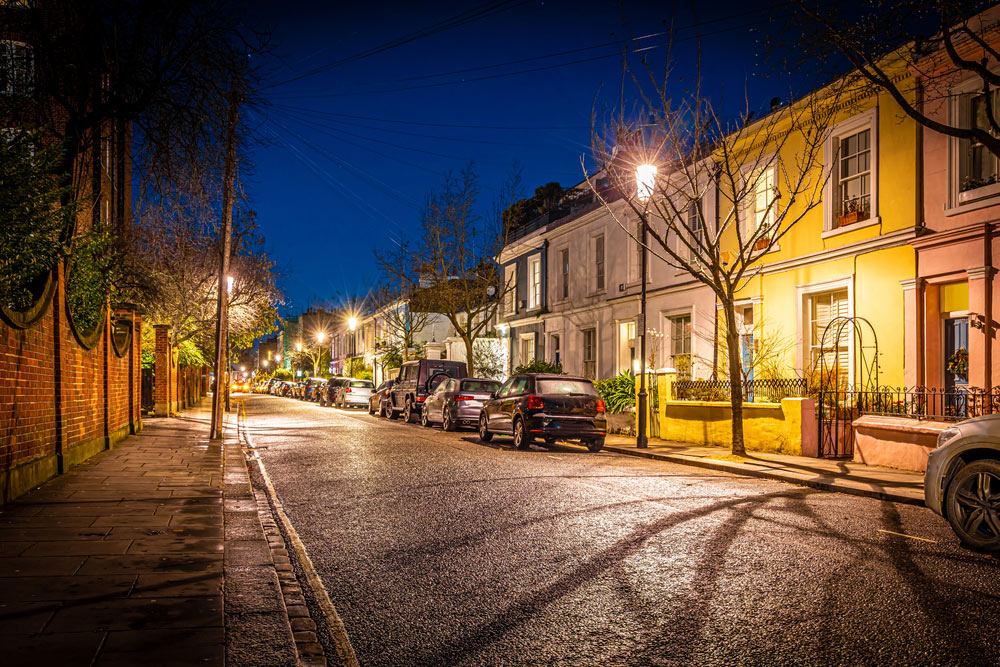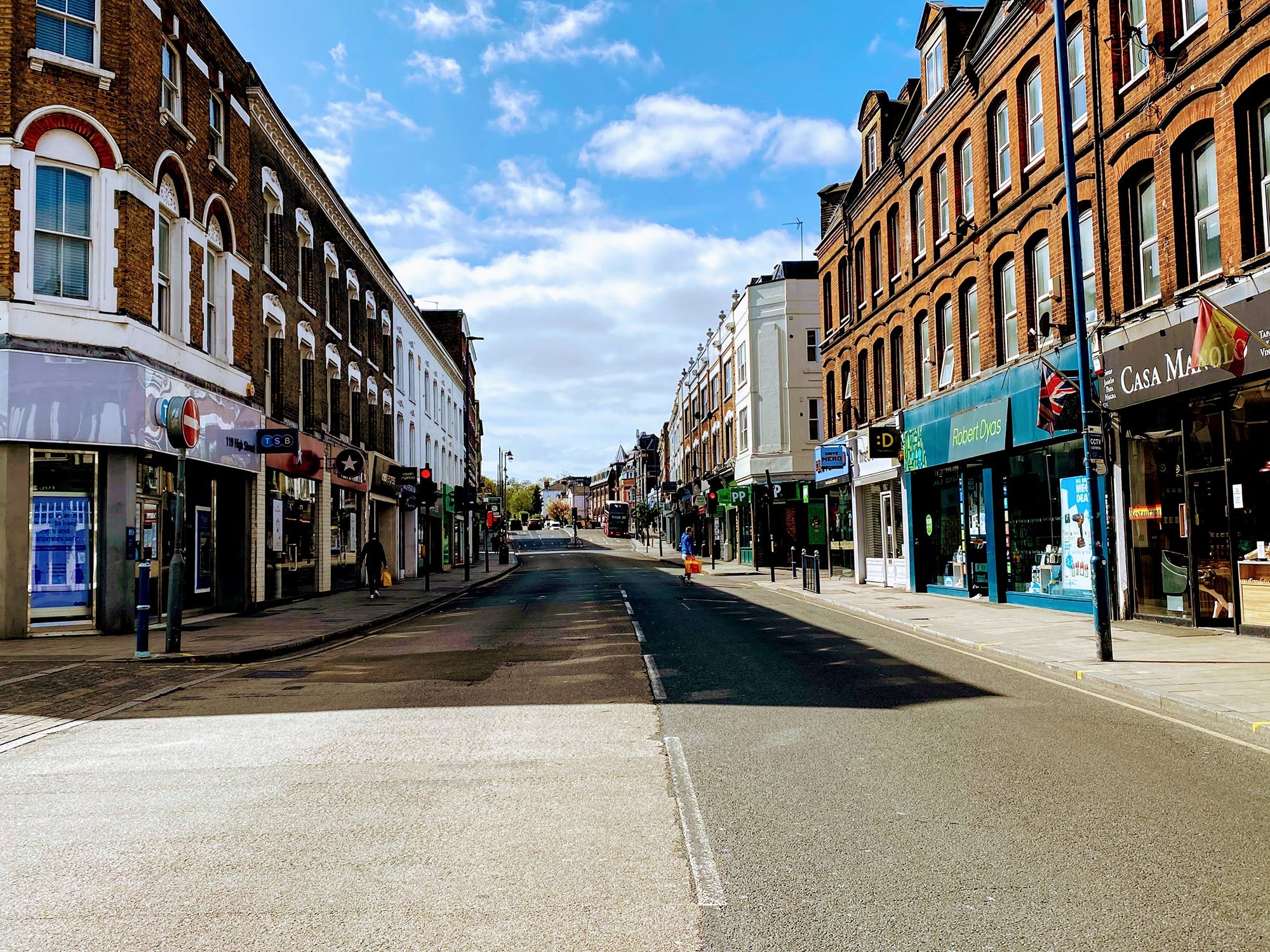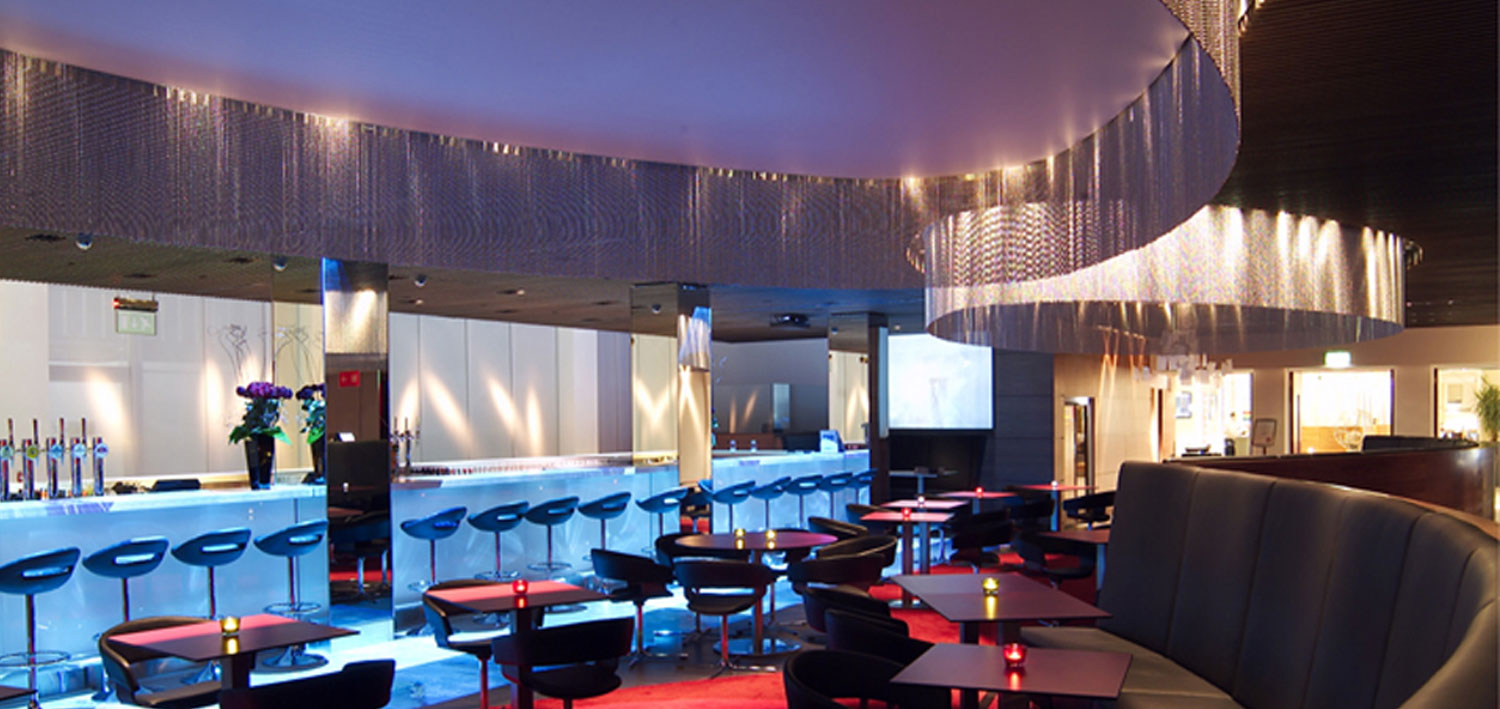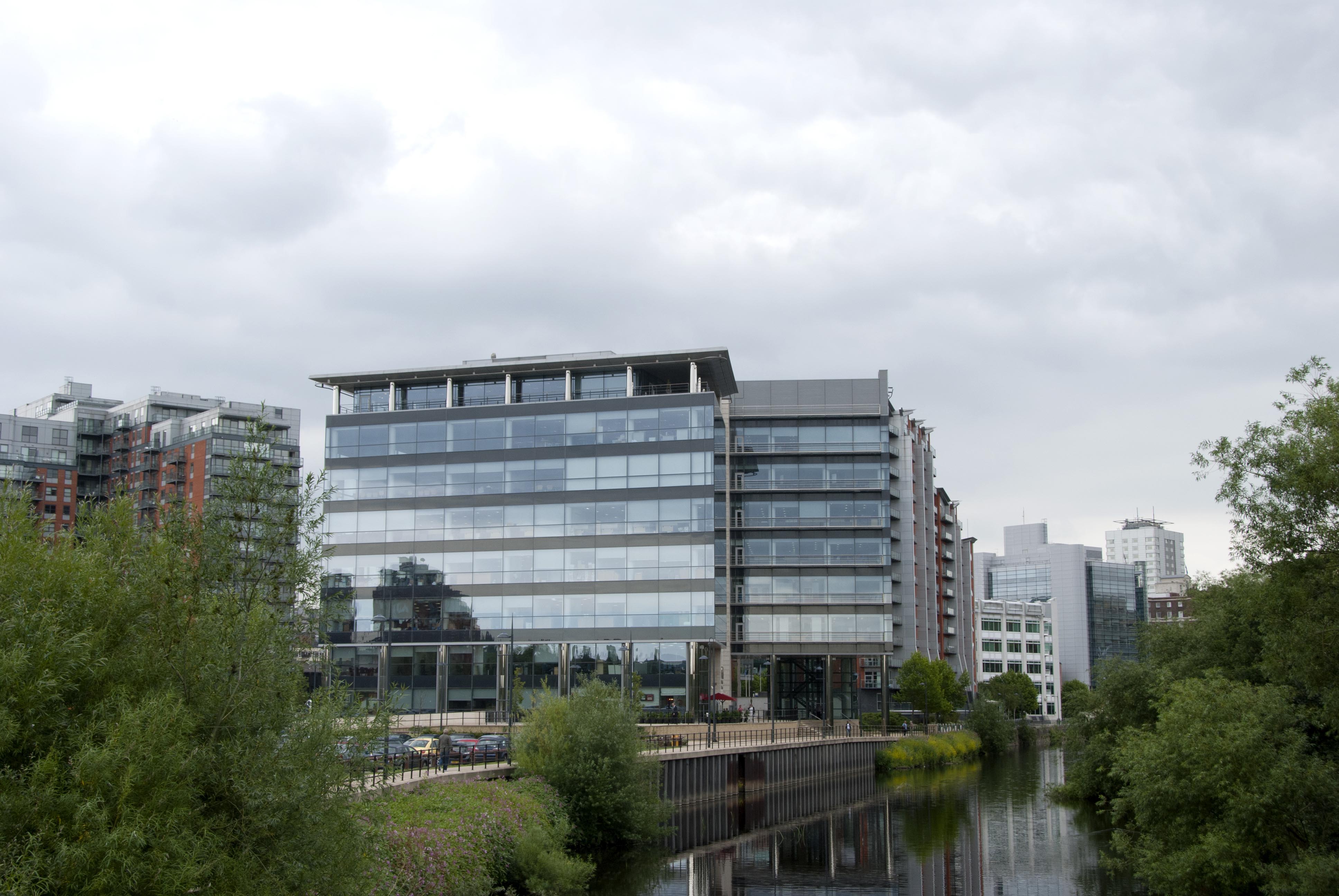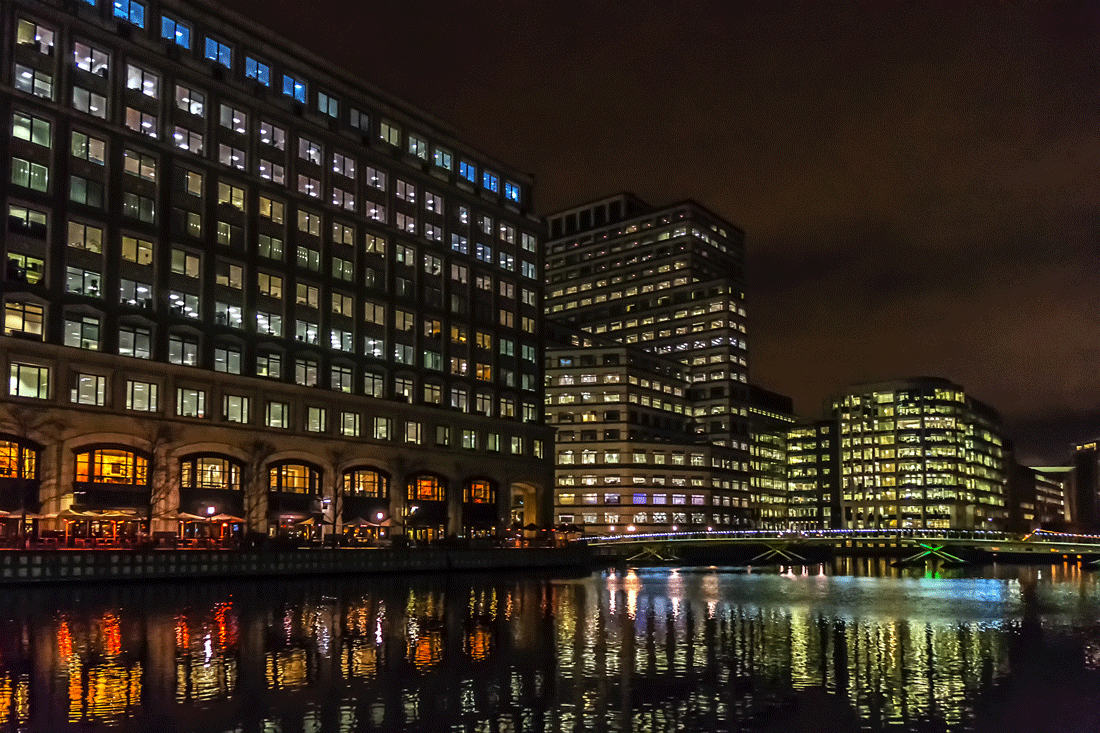What Does Class E Change Of Use Allow?
The new Class E came into effect on 1 September 2020. Its purpose is to simplify the existing change of use class system and provide flexibility for owners and leaseholders of retail properties.
Essentially, Class E provides a much broader category of uses for retail properties meaning that classes A1 to A5, B1, D1 and D2 are now obsolete.

Understanding Class E
The new category is applicable to medium and large retail properties seeking a change of use to encompass another commercial business and service. Class E now incorporates Class A1 (retail), Class A2 (financial and professional services), Class A3 (restaurants and cafes), Class B1 (offices) and Class D1 (health/medical uses, creches and nurseries).
Please note, Class E does not include small rural shops that have a footprint of under 280 square metres and which sell essential goods and are situated more than 1km from other similar establishments. These are now covered by Class F2.
And, it’s also worth noting that the sui generis class is still applicable to beauty salons, nail bars and betting shops, so it’s crucial to know into which class your retail property falls.
Why Has Change Of Use Rules Changed?
The rationale behind the change is to make the whole process easier for retailers to switch use by not having to seek planning permission. This is an attempt by the Government to help revive the High Street and provide flexibility to owners and leaseholders of retail properties. It is hoped that this will allow retailers to adapt more smoothly to the fluctuating preferences of society.
So, for example, with the new Class E in place, if you own or lease a restaurant and you want to change it to an office, you can now do that without planning permission. Previously, you would need permission from your local council for the change of use or you could utilise certain permitted development rights. You would, however, need to seek planning permission in the usual way if you want to make any structural changes to the building in order to make that transition.
For owners this means leasing out properties will be more attractive to potential tenants if they are not restricted in terms of the building’s use. Likewise, selling the property will have a broader appeal if the commercial business and service is not fixed.
Can You Still Apply For Planning Permission?
The new Class E is still in its infancy and the change of categories for some retail properties may not always be straightforward. It’s important to know that you can still apply for planning permission for change of use. This will protect you from any future ambiguities regarding the definition of Class E.
There are some transitional regulations in place until 31 July 2021. You can refer to the Planning Portal for more details and, importantly, check with your Local Planning Authority (LPA) for specific information for your area.



